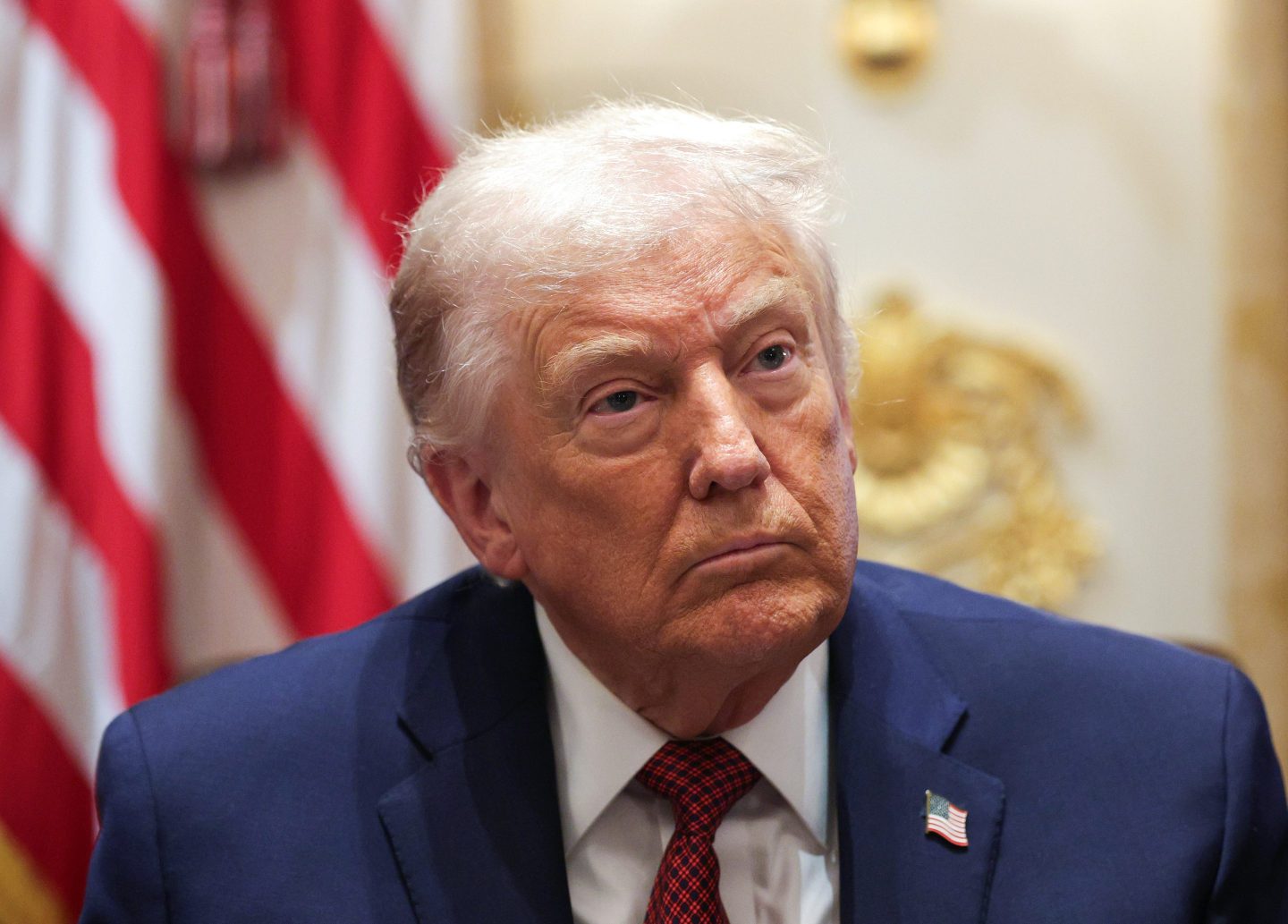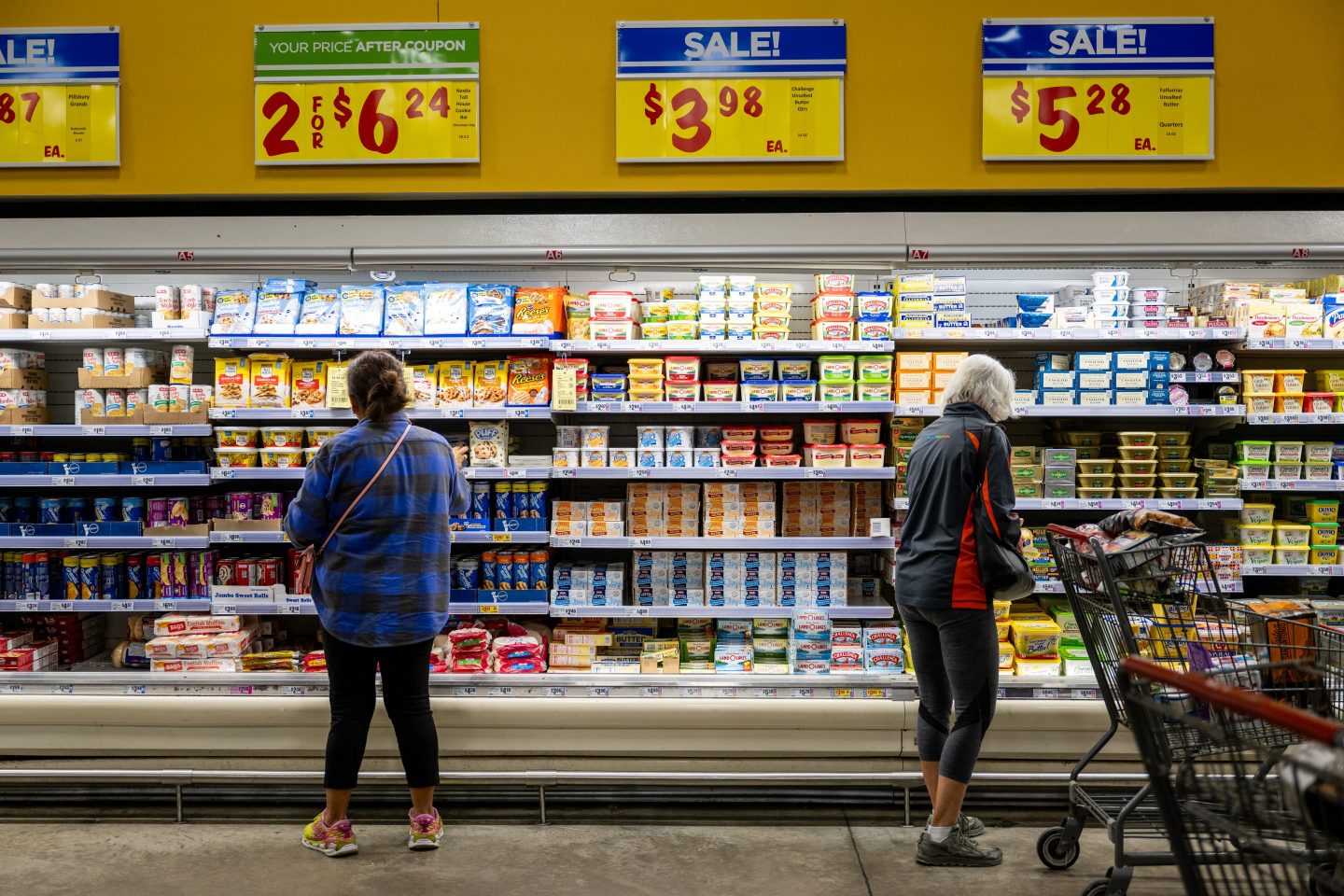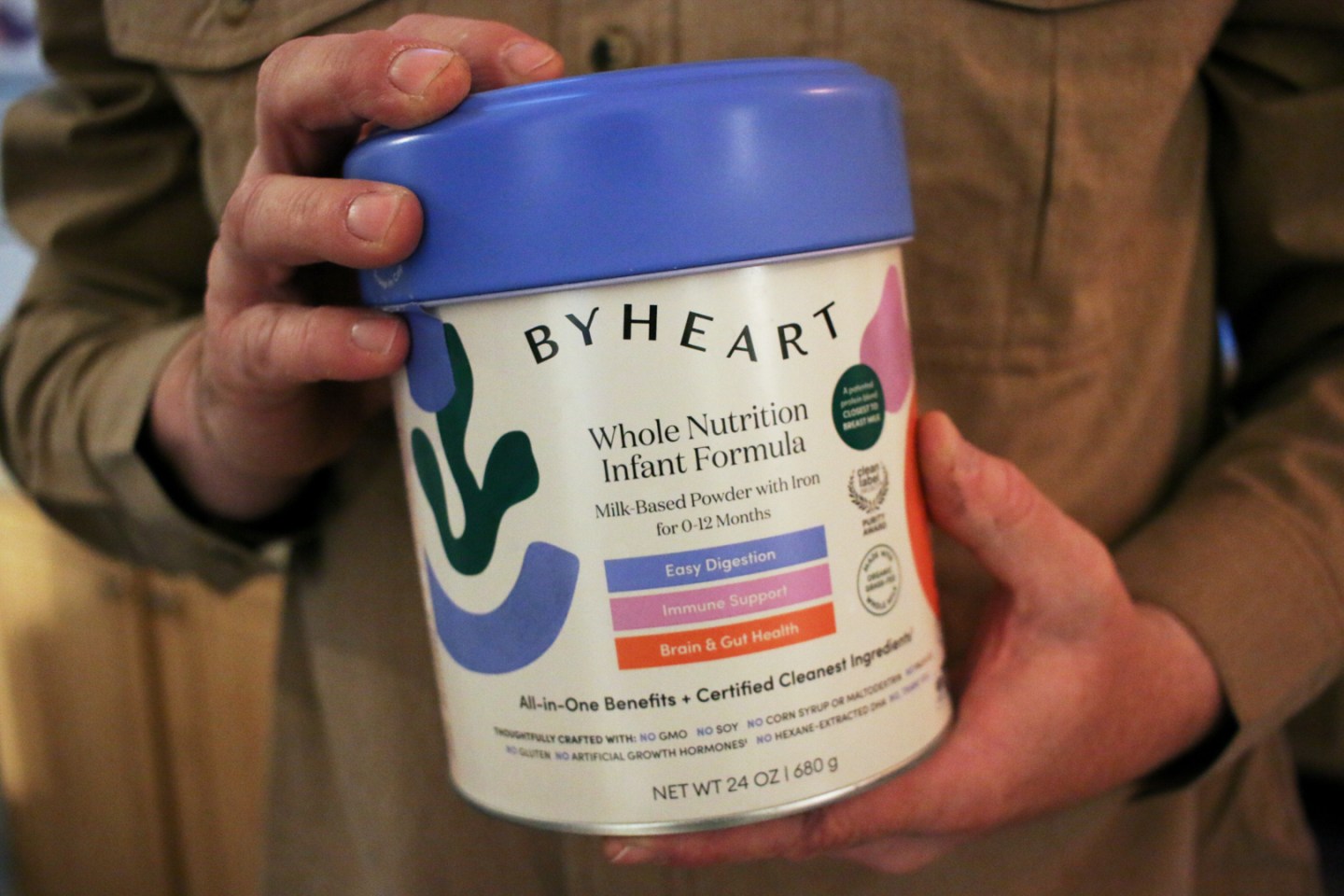Some shoppers make it a sport to scam retailers after the holiday season by making fraudulent returns.
That can take the form of returning stolen goods, bringing back used items without a receipt or collusion with store employees. Either way, holiday return fraud is expected to cost retailers $2.2 billion this year, up 15% over 2014 levels, according to a National Retail Federation survey released on Thursday.
Retailers surveyed said that about 3.5% of holiday returns are fraudulent, making it one of the biggest problems stores have to tackle during the busiest time of the year. And when you consider that retailers’ profit margins are already pinched by intense competition and a slow start to the holiday season, and the prospect that the warm autumn could severely hurt sales of winter apparel, you have a recipe for a tough Christmas period for retailers.
“Return fraud remains a critical issue for retailers with the impact spanning far and wide, in-store and online,” said Bob Moraca, NRF vice-president of loss prevention.
One of the biggest sources of the problem are returns without a receipt. Retailers estimate that 10% of such returns are fraudulent. So now 85% of those stores are requiring ID when making a return, up from 71% last year.
Total returns for 2015, including the holiday season and including fraud, should total $260.5 billion, the NRF said.













